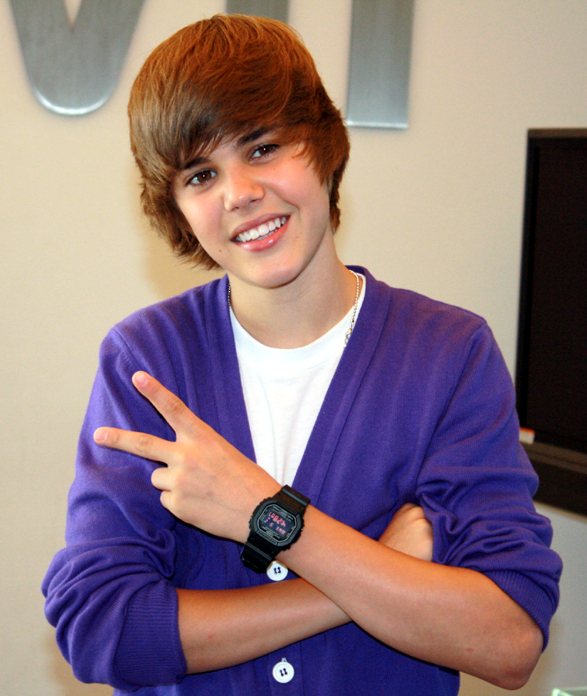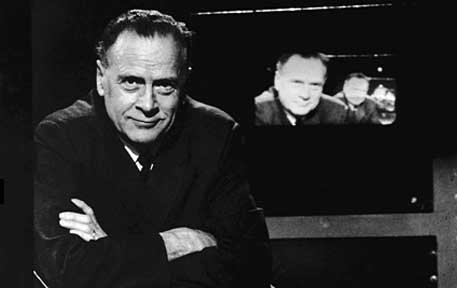In the days before machinery men and women who wanted to amuse themselves were compelled, in their humble way, to be artists. Now they sit still and permit professionals to entertain them by the aid of machinery. It is difficult to believe that general artistic culture can flourish in this atmosphere of passivity (Huxley, 1927).
The argument is flawed – primarily because it dismisses the fundamental reason why one creates. People have an innate need to express themselves and people will express themselves in a way that fits their talents within the means they have available. For some, that expression may come from a creative pursuit – an artistry – for others it may be through oral story telling, invention, craftsmanship, human relations or productivity. People are inclined to tap into their strengths and use them to the best of their ability. Artists are a certain subset of people that generally express themselves well through a specific set of creative media: music, theatre, dance, visual art or writing (including prose and poetry). But these artistic people would likely find a way to exercise their talents regardless of the media available to them.
 |
| Justin Bieber, YouTube music sensation. CC: Kevin Aranibar of Kerosene Photography |
 |
| Marshall McLuhan at the CBC. (c) - marshallmcluhan.com |
| Transliteracy? A One man band (circa 1865). Photo by Knox, O.C. |
The ability to communicate in more than one medium is not exclusive to artists. In fact, it is a set of skills of growing importance in our increasingly digital world, accurately described using the term transliteracy. According to Sue Thomas, transliteracy scholar and author of transliteracy.com, “transliteracy is the ability to read, write and interact across a range of platforms, tools and media from signing and orality through handwriting, print, TV, radio and film, to digital social networks” (Thomas et al, 2007). As more technologies emerge, humans are not becoming more passive, rather they are becoming more active. Howard Rheingold is quoted as saying, “[w]hat we are witnessing today is [thus] the acceleration of a trend that has been building for thousands of years. When technologies like alphabets and Internets amplify the right cognitive or social capabilities, old trends take new twists and people build things that never could be built before” (in Thomas et al, 2007).
The advent and expansion of machinery, as Huxley calls it, has not inhibited artistry in any way. Some people still pick up the guitar for amusement, others don ballet slippers and now some people open their laptop and create stories using the full power of the tools available to them. Andy Campbell is a digital writer and author of the website Dreaming Methods. As a new media author he publishes stories that take full use of the digital technology and incorporate multiple media into a single cohesive narrative. The “reader” will read printed words on a screen that might be written overtop of a static image while music plays. When a hyperlink is clicked, the screen transforms, words fade or emerge and a video begins to play. These digital narratives effectively incorporate text, sound, music, visual arts, graphic arts, animation and video into one piece that creates a rich narrative experience. Campbell is a prime example of a transliterate creator. Rather than sitting still and allowing professionals to entertain him, he is using the tools available to him in complex, integrated and creative ways to express himself.
Aldous Huxley was perhaps limited in his perspective in 1927 about the power of machines for creative purposes, but nonetheless his assertion of machines by their nature affecting passivity amongst the creative class is simply incorrect. But, perhaps Huxley’s message needs to be heeded as a warning. There is a risk that in a society with pervasive content where creativity is not nurtured and where skills of transliteracy are not developed, we could end up with more and more citizens who are lulled by entertainers into an atmosphere of passivity. Combating this risk would require ensuring that citizens are taught a set of skills that encourage activity using digital technologies.
In his essay, Participative Pedagogy for a Literacy of Literacies, Howard Rheingold writes, “if the humans currently alive are to take advantage of digital technologies to address the most severe problems that face our species and the biosphere, computers, telephones and digital networks are not enough. We need new literacies around participatory media, the dynamics of cooperation and collective action, the effective deployment of attention and the relatively rational and critical discourse necessary for a healthy public sphere (Rheingold, 2007).” Rheingold provides a compelling case for a new pedagogy that helps ensure the full participation of young people. In talking about important participatory literacies, he does not speak specifically about the need for creative but others do. “Expanding literacies for learning include criticality, metacognition, reflection, and skills for creating and publishing content” (Asselin & Maoyeri, 2011, p. 1).
In conclusion, let us not take Huxley’s doubt “that general artistic culture can flourish in this atmosphere of passivity” as a fait accomplis, instead let us take it as a call to action to ensure that our artists, and citizens in general, may maintain a creative edge in this new age of machinery.
References
Asselin, M. & Moayeri, M. (2011). The Participatory Classroom: Web 2.0 in the Classroom. Practical Strategies – Literacy Learning: the Middle Years: 19(2).
Huxley, A. (1927). The Outlook for
American Culture: Some Reflections in a Machine Age. Harper’s Magazine, August, 1927.
McLuhan, M. (1964). Understanding Media: The Extensions of Man. New York: McGraw Hill.
Rheingold, H. (2007). Participative Pedagogy for a Literacy of Literacies. Retrieved April 3, 2011, from: http://freesouls.cc/essays/03-howard-rheingold-participative-pedagogy-for-a-literacy-of-literacies.html.
Thomas, S., Joseph, C., Laccetti, J. Mason, B., Mills, S., Perril, S., & Pullinger, K. (2007). Transliteracy: Crossing Divides. First Monday, Volume 12 Number 12 - 3 December 2007. Retrieved March 23, 2011, from: http://firstmonday.org/htbin/cgiwrap/bin/ojs/index.php/fm/article/viewArticle/2060/1908
just wanna comment on this one that its really well written and I like your sharing, thanks
ReplyDeleteregards
Load Systems